Types of Texas Shrubs (Flowering, Evergreen, Vines) With Pictures – Identification Guide
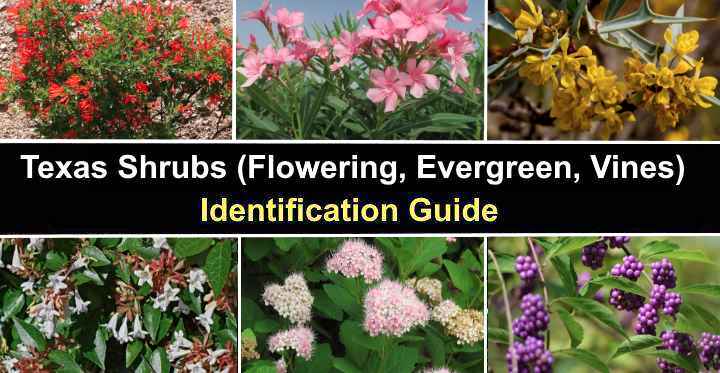
Many flowering shrubs, evergreen bushes, and trailing vines thrive in Texas garden landscapes. Native Texas shrubs perform well in full sunshine and tolerate dry, arid conditions in Central and Southern Texas. In addition, some cold-hardy flowering shrubs are perfect for growing in the Panhandle and south toward Dallas-Fort Worth, San Antonio, Midland, and Austin. Whatever the climate in Texas, there are many beautiful shrubs you can grow.
The Best Texas Shade Plants – Pictures and Identification Guide
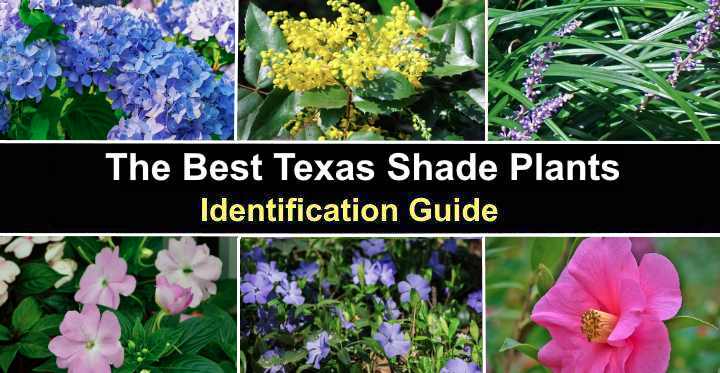
Choosing the best shade plants for Texas is a crucial part of gardening in the south. Shade plants in a Texas landscape should thrive, despite being in the shade for several hours a day. However, knowing which Texas flowering plants and shrubs are suitable for the shade can be challenging. After all, most plants, especially flowering ones, require some sunlight to thrive.
Types of Texas Oak Trees (With Pictures) – Identification Guide

Oak trees in Texas are a common landscape feature. Texas oak trees are not only important shade trees that offer protection from the hot sun and arid climate. But oak trees are also a food source for local wildlife, providing abundant acorns in late summer and the fall. Many varieties of oak trees thrive in Texas, all the way from Amarillo in the north and south to Dallas, Houston, and San Antonio.
Texas Flowers With Pictures (Native and Non-Native) – Identification Guide
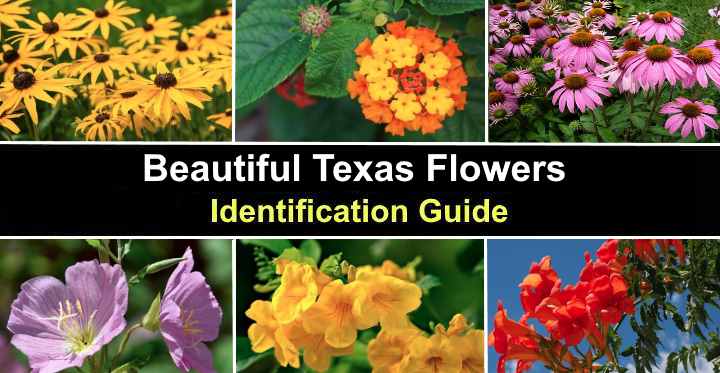
Native Texas flowers are perfect for brightening residential landscapes in hot, arid, dry climates. Flowers for growing in the Lone Star State typically bloom in spring and September, adding color, texture, and sweet fragrances to gardens. Additionally, Texas wildflowers are common throughout the state, transforming grasslands, plains, roadsides, and parks into a sea of blue, purple, pink, and white colors.
Types of Small Maple Trees (With Pictures) – Identification Guide

Small maple trees are perfect for adding ornamental features to your garden without taking up too much room. Maple trees that grow less than 20 feet (6 meters) tall fit well into most garden landscapes. Some small ornamental maple trees have spectacular colorful lacelike leaves. And all species of maples — large and small — are famous for their beautiful fall colors of golden yellow, warm orange, and vibrant reds.
47 Desert Plants (With Pictures and Names) – Identification Guide
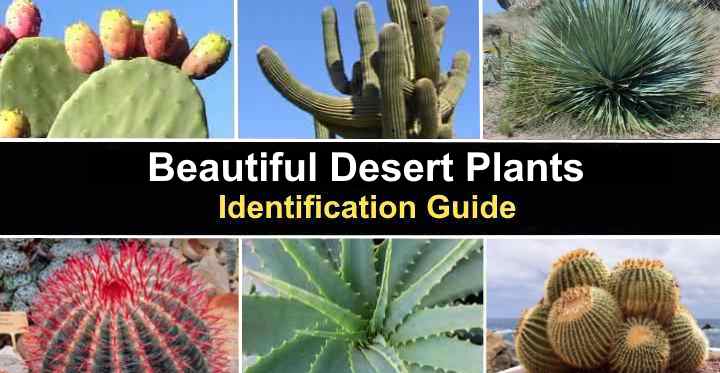
Desert plants thrive in hot, arid environments where they can survive with minimal rainfall. The desert biome is characterized by sandy or stony soil, high temperatures, and little moisture. Plants that grow well in desert environments need to store moisture in their fleshy leaves or have an extensive root system. Cacti are the most common desert plants; however, succulents, desert trees, grasses, and types of small shrubs and flowering bushes all grow well in deserts.
Ground Cover Plants in Florida (With Pictures) – Identification Guide
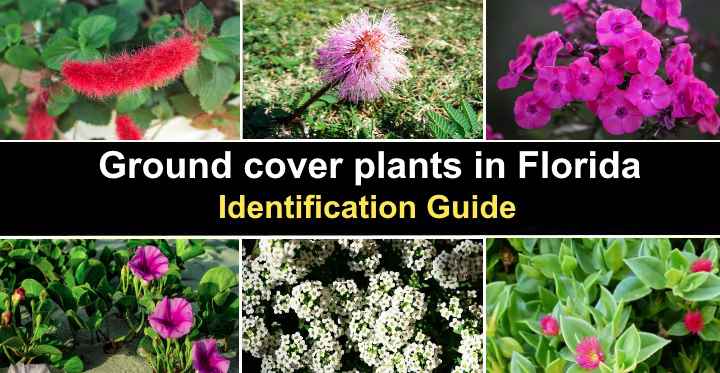
Choosing ground cover plants for a Florida landscape doesn’t have to be challenging. Many creeping, ground-hugging plants are well-suited to growing in Florida’s unique climate. Spreading flowering ground cover plants are perfect for planting in full sun in the Sunshine State. However, several varieties of mat-forming plants for shade also thrive in warm, humid climates like the southeastern United States.
Types of Acorn Trees (With Pictures) – Identification Guide
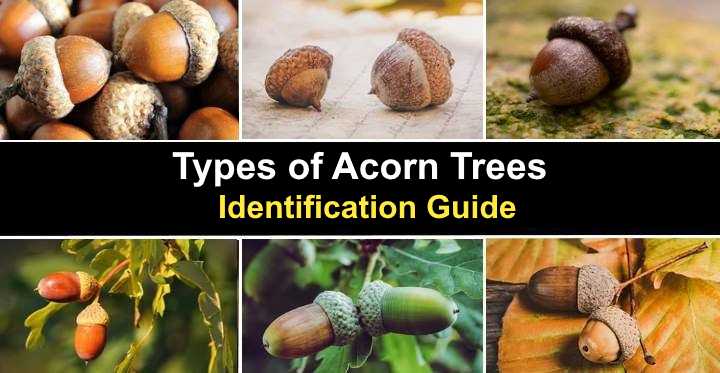
Acorn trees are species of hardwood trees in the genus Quercus — commonly known as oak trees. These acorn-producing trees are easily identified in the landscape due to their characteristic lobed oak leaves, large, spreading canopy, and brown nuts nestling in a small wart cap — the easily recognizable acorns.
Types of Desert Cacti (With Pictures) – Identification Guide
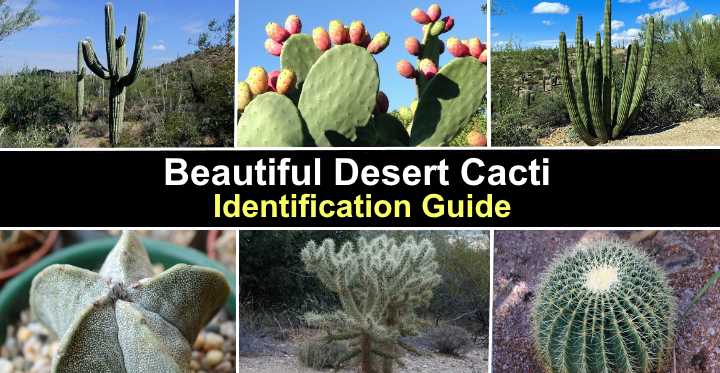
Desert cacti are the most easily recognizable features of dry arid landscapes, especially in Arizona, Utah, Nevada, and California. Succulent plants that thrive in the desert must withstand periods of drought, hot sun, and nutrient-deficient soil. In addition, desert cacti that thrive in the southwestern United States must endure freezing temperatures during the night.
Fast Growing Trees for Florida (With Pictures) – Identification Guide
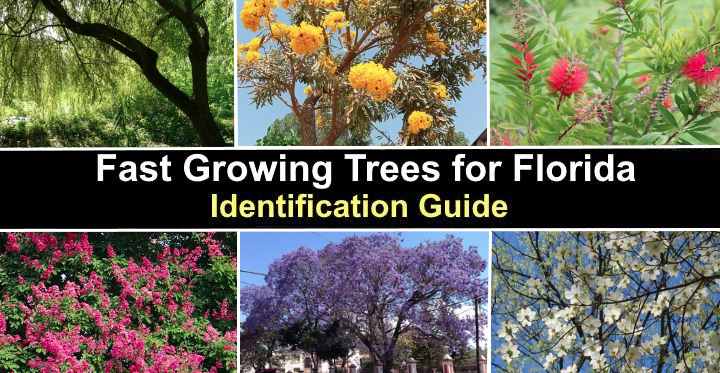
Fast-growing trees are excellent for providing shade and privacy in a Florida landscape. Many species of trees with a fast growth rate are suitable for growing in the Sunshine State. Evergreen trees for Florida gardens offer benefits throughout the year, providing privacy and shade and boosting curb appeal. In addition, many deciduous trees for warm climates have attractive and fragrant flowers to enhance your front or backyard aesthetics.
